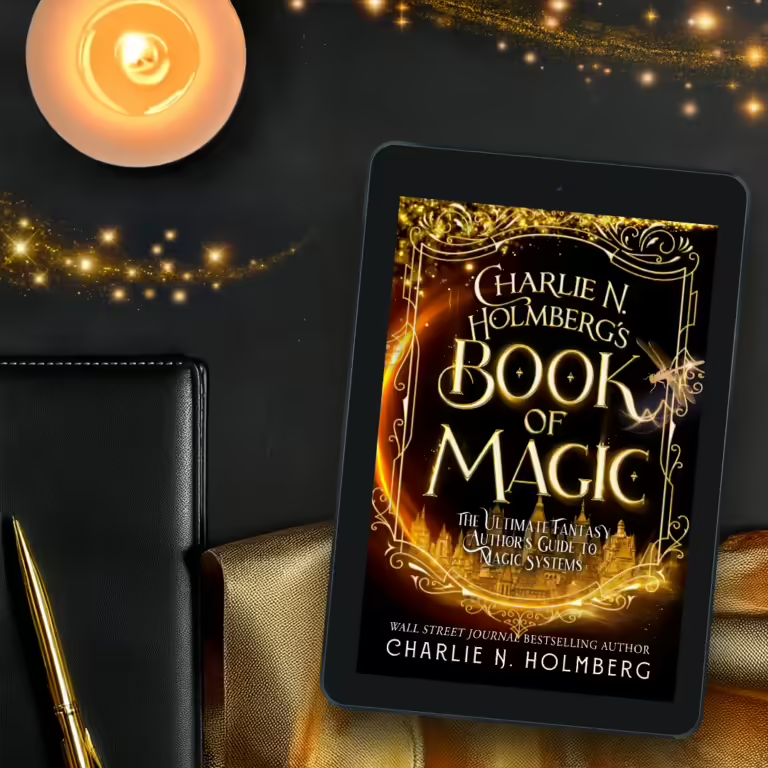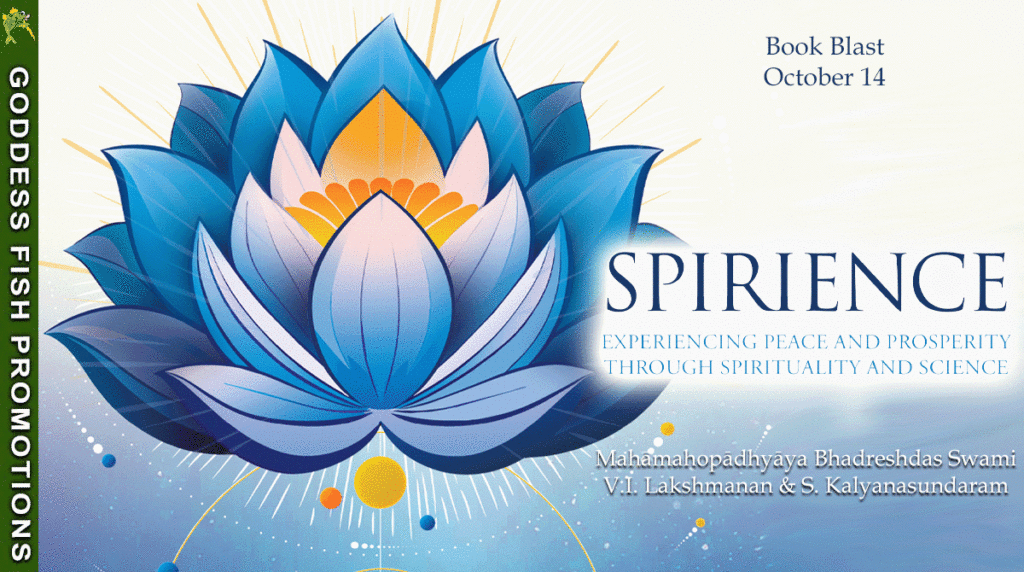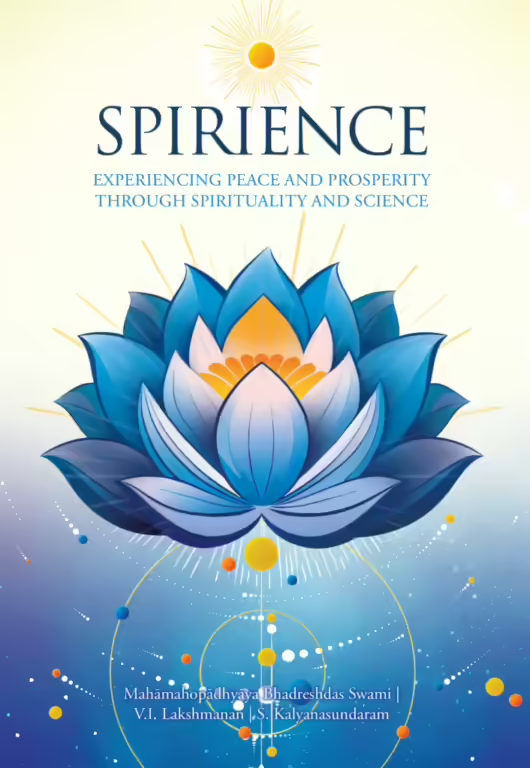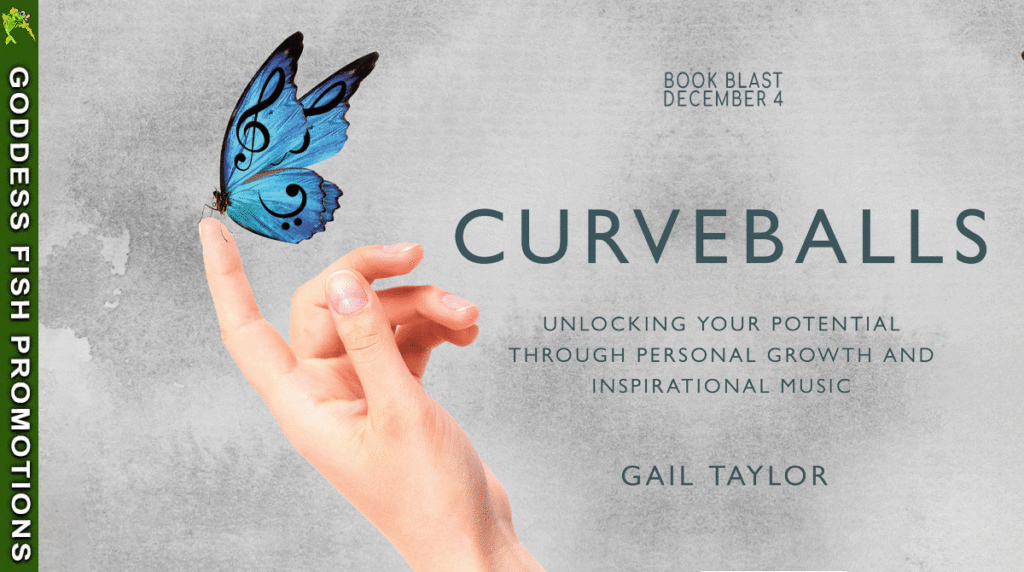
GENRE: Self-Help
~~~~~~~~~~~~~
BLURB:
Here you are on the brink of a journey all about self-discovery and chasing dreams.
With personal stories and tools that shaped the author’s path, she focuses on embracing authenticity.
You’ll explore how living with purpose and passion is achievable.
This personal-growth book combines cutting-edge technology and music interaction, reflecting the author’s belief that music can transform and positively impact individuals and communities.
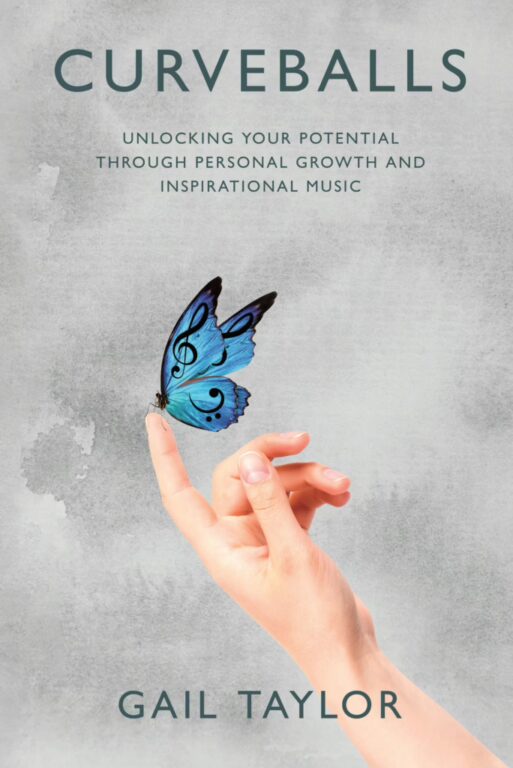
Excerpt:
Many people spend years—decades, even—in jobs that are safe, but not challenging. Stable, but far from rewarding. I refer to that choice as settling.
If you are in this situation, you might tell yourself you are staying in this role for your family or for their future. Sometimes you plan to leave these unfulfilling positions as soon as you have saved a certain amount of money, or have paid for your home or schooling.
I have seen firsthand when opportunities present themselves to folks in these situations whereby they pass on the new challenges and the chance to chase their dreams.
You may convince yourself to stay where you are because the field you want to join is too competitive, your skills and talents are rusty and insufficient, or you are too old for a new career . . . a refrain many of us have heard, or uttered. I am so thankful I never believed any of these falsehoods.
When I decided to come out of retirement, three years into it, it was to start my own business: Gail Taylor Music.
My goal was to become a keynote speaker, using my stories and music to help others become their best selves. When I mentioned this to my new entertainment lawyer, his first reaction was, “Write a book.” And so here we are.
If you have read the introduction to this book, you know something about my rather tumultuous early life and how I turned things around.
For twenty-five years as a financial advisor, I helped clients with investments and with building retirement plans.
I absolutely adored my job and imagined staying in this role until I retired, sometime in my seventies. Things might have worked out that way, but when I was fifty-eight, I started taking piano lessons.
The lessons were meant to be a hobby, a diversion from days spent neck-deep in numbers, analytical thinking, and playing it safe with clients’ nest eggs.
Instead of just learning an instrument and having a bit of fun, I fell in love with music as it flooded back into my life.
After spending two years with my new passion, I decided to retire sooner than planned and dedicate my time to studying this incredible art form.
I was financially independent, so I made the decision, at sixty-one, to sell my business and turn over a new leaf.
It was not just an affair I was having with this new interest. I realized I wanted to spend as many hours in the day as possible learning all aspects of music.
For someone with no musical background, I was in for an exciting journey and lots of new experiences. Due to advancements in technology, I was able to study online with the Berklee School of Music.
It was so exciting. They did not require me to audition. The curriculum was worth every penny of the tuition I paid. I studied bass guitar, piano, keyboard, ear training, and songwriting.
After a few years, I began to toy with the idea of reinventing myself as a musician.
When I shared my new passion with people, I was pleasantly surprised by their supportive reactions. “Oh, that is so inspiring,” they would say. I heard this often, from people I knew well and strangers sitting next to me on an airplane.
It was as if I was suddenly in the same category as mountain climbers and long-distance swimmers. It felt so amazing to know I could inspire others to pursue their dreams.
Giveaway:
Gail Taylor will be awarding a $10 Amazon/BN gift card to a randomly drawn winner.
Click the link to enter: http://www.rafflecopter.com/rafl/display/28e4345f5050/
Follow the tour and comment; the more you comment, the better your chances of winning. The tour dates can be found here:
https://goddessfishpromotions.blogspot.com/2024/11/book-blast-curveballs-by-gail-taylor.html
About The Author:

Gail Taylor, a Canadian songwriter, keynote speaker, entrepreneur, and author, is celebrated for inspiring others to take charge of their lives.
With forty years of studying personal growth and peak performance, she proves that designing your own life is possible, regardless of your beginnings.
Her expertise has made her a sought-after guest on numerous podcasts.


